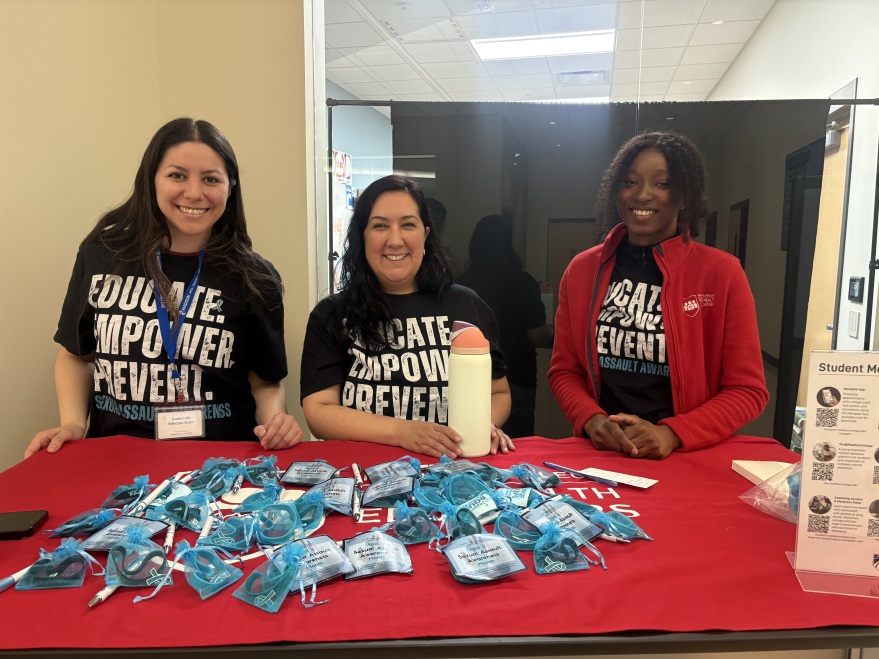Within the hallowed halls of justice, where words carry the weight of a nation’s conscience, the United States Supreme Court has once again cut to the core of a contentious and consequential issue that has long divided the country. The Court’s holding that Universities may not use an applicant’s race as a “plus factor” in admissions has sparked impassioned and divisive discussions across the states. It is important to know the collateral damage as our secondary education system adopts the precedent set last June.
Two cases filed by Students for Fair Admissions, Inc. (SFFA) were brought before the Supreme Court challenging the impact of the factor of race in college admissions. In a six to three decision, the Court struck down affirmative action programs at Harvard University and the University of North Carolina, stating that they violate the Fourteenth Amendment’s Equal Protection Clause and Title VI of the Civil Rights Act of 1964. This effectively bans race-based admissions programs in 4-year universities across the United States
The impact of this decision has been widespread, and changes within admission systems across the country will begin rapidly. Race-based programs that have been in use for decades are not to be used by any university admission system. New systems will have to be put in place by admissions offices to ensure that they can fulfill their commitment to a diverse student body and then hope that those methods stay out of the scrutiny of the Supreme Court.
The first group who will suffer the impacts of the ruling will be early-decision applicants for the Class of 2028. Until then, no other applicants will be affected, but a decision like this has already shown how detrimental it can be to diversity in states like Michigan and California. Affirmative action has already been banned by voters in 1996 and 2006.
The public university systems of both states filed briefs to the Supreme Court in the rise of SFFA v. Harvard, disputing the arguments that SFFA made for race-neutral alternatives to affirmative action. SFFA used Michigan and California as examples of success stories with the ban on race-conscious admissions systems. Both university systems have seen decreases in diversity in their student bodies since the ban.
In the brief that the University of California school system (UC) submitted to the Court, UC stated that, “After Proposition 209 barred consideration of race in admissions decisions at public universities in California, freshmen enrollees from underrepresented minority groups dropped precipitously at UC and dropped by 50% or more at UC’s most selective campuses.”
Even with many widespread efforts to increase diversity of all sorts, UC still struggles to enroll a sufficiently diverse student body. This is especially apparent at the most selective campuses, where there is a widespread feeling amongst African American, Native American and Latinx students of underrepresentation and racial isolation.
Even if the struggle for diversity is the most prominent in highly competitive schools and only affects a small percentage of people who attend elite universities, it does not make the impact any less consequential. Diplomas from these universities are incomparable invitations into positions of wealth and power. Politicians and government leaders are disproportionately from elite schools, as well as leaders in media, technology and financial spaces. Eight of nine current Supreme Court Justices of Harvard and Yale graduates.
The link between elite universities and positions of authority cannot be ignored and will ultimately lead to less diversity and representation among influential individuals throughout the United States. This is why race-neutral programs that can accomplish the same goals as affirmative action must be put in place so that as our communities grow and become more diverse, our universities follow suit.
An aspect that remains untouched, however, is the admissions systems that specifically include athlete recruitment and legacy students, whose admission is not solely based on extracurriculars, GPAs, or test scores, but on who their parents are and how much time and money they could dedicate to a sport. Legacy admissions directly benefit many white students, who often have a family line of graduates from a university, originating from a time when people of color were not allowed to use the same bathrooms, let alone learn in the same classrooms as white students.
Regarding athletic-based admissions, those who are recruited to play college athletics are usually those who had the time, money, and resources to play a sport at a high enough level to achieve attention from college recruiters.
In an essay from the UCLA Law Review, they found that across six Ivy League universities, 71% of freshman student-athletes were white (Jayakumar et al., 2023).
This shows that white student-athletes are more likely to have the ability to pursue athletics at a higher level because they more often than not possess the things necessary for them to succeed both in their sport and academically.
Both legacy and athletic-based systems have remained untouched, however, and continue to take up admissions spots, scholarship money and financial aid.
While this decision in many ways was a step back in time to an admission system that excluded people of color from spaces for higher education, knowledge and growth, all hope is not lost in the admission system. Thankfully, many admission offices have been anticipating this decision for a few years, so many already have plans in place, while still complying with the ban, to proactively prevent the regression of diversity at universities. Time will tell with the application and enforcement of this ban, but for now, the struggle continues for reaching a diverse and equitable America.
Impact of affirmative action ruling
Ruling could increase the admissions advantage of the wealthy and powerful
Claire Liddicoat, Staff Writer
August 28, 2023
Story continues below advertisement


























